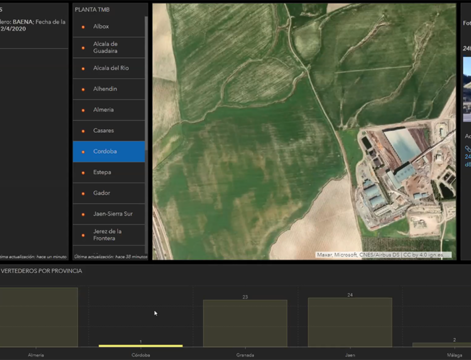Prof. Rainer Stegmann (IFAS, Germany) presented “Landfill Aeration as a contribution to landfill stabilisation and climate protection”.
At all landfills landfill gas (LFG) collection and utilization is required. When gas production decreases to a level that LFG utilization is not viable there is still a LFG potential of 10 – 20 % of the total LFG potential. This residual LFG shall be reduced by landfill in-situ aeration. It is estimated that the larger closed landfills in Germany still have a climate gas emission potential of 8 -10 Mio. MgCO2-eq./year.
By converting an anaerobic into aerobic MSW landfill, biological degradation of the residual organics will be enhanced by factor 2-3 resulting in a biologically stabilised landfill with a low emission potential in about 8-10 years. The following advantages can be achieved:
• Significant reduction of the emission potential,
• Reduction of the aftercare phase,
• Significant avoidance of greenhouse gas emissions,
• Improvement of the leachate quality (mainly with regard to organic pollutants and ammonia-nitrogen),
• Acceleration and completion of the main landfill settlements,
• Earlier recovery of landfill space.
The first 2 in situ aeration methods are practiced at more than 50 landfills in Germany, the other are 2 have been tested:
• Low pressure aeration with off-gas treatment,
• Landfill aeration through over suction with off-gas treatment,
• Medium pressure aeration without off-gas capturing and passive exhaust air treatment in methane oxidation layer,
• High-pressure aeration.
Interested to know more? Find the presentation here.











